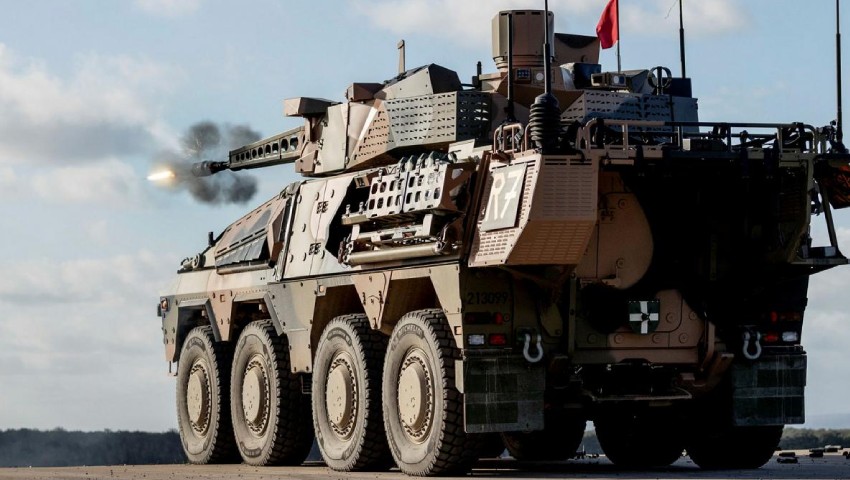A media report alleging new technical issues have prompted delays in the rollout of the next-generation fleet has been rejected by sources from Defence.
On Wednesday (11 August), the nation’s public broadcaster reported that the Commonwealth government’s $5.2 billion LAND 400 Phase 2 program would be facing further delays after technical issues associated with the weight of the automatic cannon turrets were allegedly identified.
It was claimed that the Lance Turret, fixed to the Rheinmetall-built Boxer combat reconnaissance vehicles (CRV), were “overweight” and unstable, leaving the vehicle vulnerable to missile attacks.
The news report stated that as a result, Defence threatened to list the program as a ‘project of concern’.
However, in a statement to Defence Connect, a spokesperson from the department has rejected such claims, stressing that the program “has not been cautioned” and “remains on track” to achieve both initial and final operational capability in 2022 and 2027, respectively.
“Defence has a process in place to consider placing projects as a project of concern via Independent Assurance Reviews. There has been no suggestion or recommendation that LAND 400 be listed as a project of concern,” the spokesperson said.
“[Twenty-five] Block I Boxer Combat Reconnaissance Vehicles have been accepted by Defence. The vehicles are performing well and are currently undergoing planned Verification & Validation and Operational Test & Evaluation activities.”
Defence confirmed it has “not been notified of, and is not aware of” any weight or stability issues associated with the integration of the Lance Turret.
“The vehicle will operate at the upper end of its Gross Vehicle Mass; this has been understood and accepted since the contract was signed,” the spokesperson said.
No additional costs are expected to be incurred from integrating the Lance 2 configuration for the second tranche of vehicles, as suggested by the ABC report.
“It was scoped and budgeted for within the original acquisition contract with Rheinmetall Defence Australia,” Defence stated.
The ABC had also alleged that the Boxer CRV fleet is only capable of firing German-made ammunition. This claim has also been dismissed.
“Rheinmetall Defence Australia is not experiencing any problems with the integration of the Spike Anti-Tank Guided Missile onto the turret of the combat reconnaissance vehicle. Defence remains on schedule to conduct testing in 2022,” the spokesperson added.
These reports come just a month after personnel from the 2nd/14th Light Horse Regiment (Queensland Mounted Infantry) (2/14LHR [QMI]) conducted live-fire training with the Boxer CRV, testing the vehicle’s 30mm turret at the Wide Bay Training Area in Queensland.
Lieutenant Stefano Rankin, who is helping manage the Army’s transition from the Australian Light Armoured Vehicle (ASLAV) to the Boxer CRV, lauded the new vehicle’s accuracy and lethality.
“To fire the turret, it’s quite different to what we are used to. It’s very digitised, as opposed to the ASLAV,” LT Rankin said.
“It is a very capable piece of equipment.”
The first tranche of 25 Boxer CRVs were delivered to the Army in May.
Rheinmetall has been tasked with developing a total of 211 Boxer vehicles in different versions, including 131 CRVs, replacing the ASLAV fleet.
[Related: Army lauds lethality of Boxer CRV]









